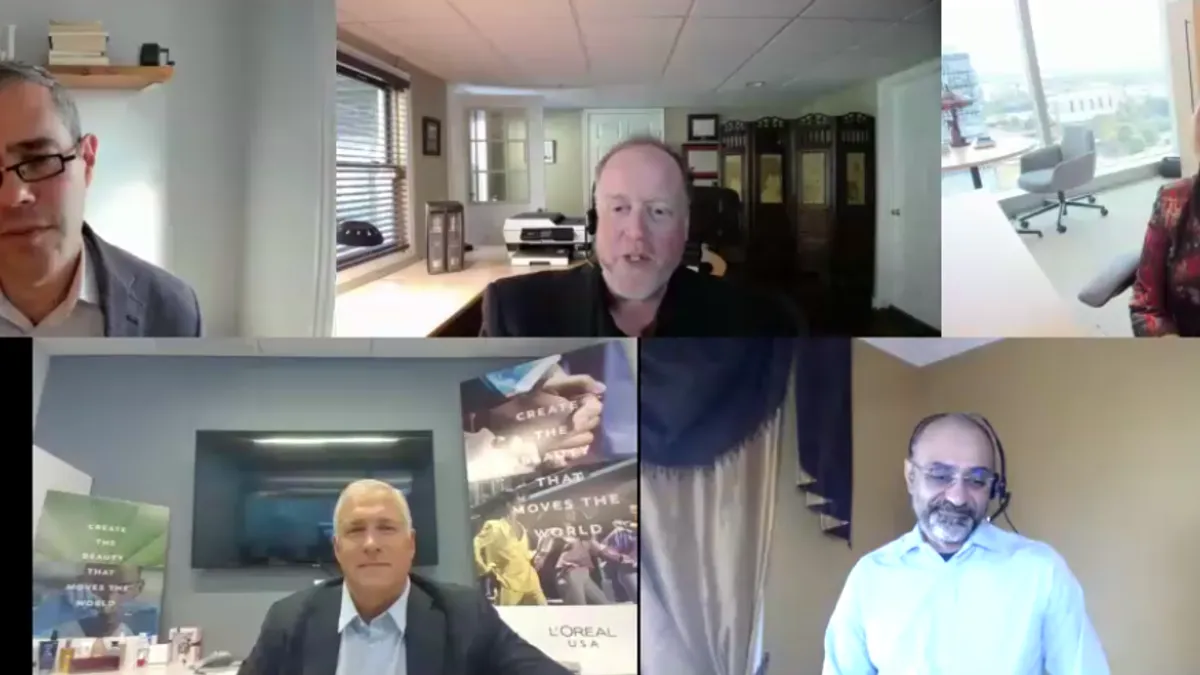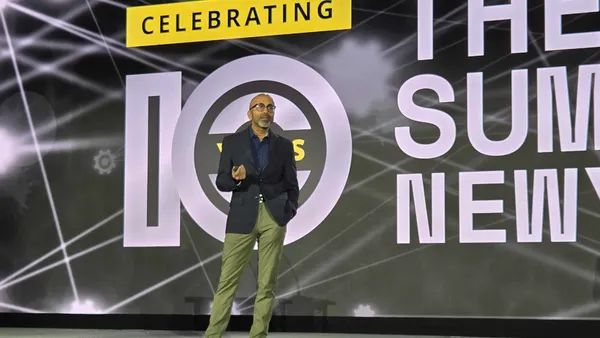TransUnion had a plan. In early 2020, the company began work in earnest to accelerate technology modernization through Project Rise, a multiyear technology standardization plan with a hybrid and public cloud migration component.
The goal was to save $20 million to $30 million each year starting in 2023, upskilling the technology workforce and giving a boost to product development along the way, according to the company Q4 2020 earnings released in February.
While the project preceded the pandemic, it took on a new sense of urgency. The cloud was a foundation for digital experience. The consumer credit reporting agency has roughly 4,000 technologists among its 8,500 employees who are focused on acquiring, processing and managing petabytes of data to derive algorithms and predictions, according to Abhi Dhar, EVP, chief information and technology officer at TransUnion.
"We had to accelerate the digital employee experience because now it wasn't an imperative over the longer-term period — it was right now," said Dhar, speaking on a panel of CIOs at the virtual Gartner IT Symposium/Xpo last week.
Inspired by flexibility, talent has the power in the job market to shift roles at will, buoyed by the incentives companies use to attract candidates, from remote-friendly roles to pay bumps. Digital tools and a streamlined technology stack are no longer a nice-to-have — they're a recruiting tactic.
"After everybody realized that talent is no longer correlated to geography, we started recruiting everybody else," Dhar said.
"If we don't have great digital employee experience anywhere our technologists work, we are at risk of losing that talent," he said. "How am I going to hire a person and not have them work on fully automated CI/CD pipelines, work from anywhere, deploy technologies on the cloud, and expect them to continue to work for us?"
The work left out
Not every role has the opportunity to work in a remote work or hybrid setting. The pandemic illustrated there are many positions — from doctors to grocery store workers or manufacturers — which aren't suited for digital-first settings.
"Sometimes when we're talking about the future of work and radical flexibility and all those types of things that we're seeing actually be part of the reformation of work, we sometimes forget about the frontline employees," said Chris Howard, VP and chief of research at Gartner Research, speaking on the panel.
To rethink how manufacturing floors can operate, L'Oreal Americas is testing the use of HoloLens in a few markets to pair frontline workers with remote experts to keep the equipment functional, according to Michael Kingston, chief information officer, L'Oreal Americas, speaking on the panel.
"Rather than making appointments and flying people in or waiting for them to come in and taking the line down for a day for that maintenance to happen, we can actually bring that process to wherever those experts are," Kingston said. "They can interface with the frontline workers in real time to check that the equipment is working and it's maintained and operating at optimal efficiency."
Howard is watching innovation in the space this year that creates a more human-centric design for frontline workers, from mixed reality to touchless or conversational interfaces.
"It's one of these areas where employee health and safety, reduction of travel expenses, and collaborative asset management come together out of necessity," Howard said. "The magic at this moment that we're in is, we learned some things and now we're enhancing where we go forward because we've learned those things."















